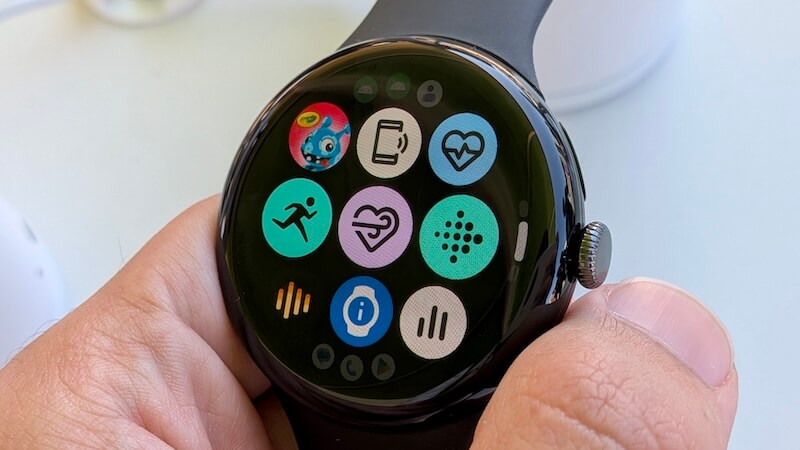In an era where the line between reality and fabrication is increasingly blurred, Elon Musk's xAI is developing a tool to combat the rise of AI-generated misinformation. Grok, xAI's AI assistant, is poised to gain a new capability: the ability to detect deepfakes and trace the origins of AI-generated videos. This initiative aims to restore trust in digital media amidst growing concerns about the misuse of AI.
The proliferation of deepfakes has become a pressing issue, fueled by the accessibility of sophisticated AI tools like Grok Imagine and Sora. These tools empower users to create realistic AI-generated videos with ease, raising the specter of malicious actors exploiting this technology to spread disinformation, impersonate individuals, and damage reputations. The potential for misuse is vast, with concerns ranging from political manipulation to personal attacks.
Musk's announcement comes in response to growing anxieties surrounding the potential for deepfakes to erode trust in digital content. A user on X voiced concerns about the ease with which deepfakes can be created, highlighting the risk of individuals being defamed by videos so realistic they are indistinguishable from reality. Musk responded by revealing that Grok will soon be able to analyze videos for AI signatures and trace their origins online.
Grok's deepfake detection feature, slated for launch in Q1 2026 initially for SuperGrok subscribers, will employ advanced machine learning techniques to analyze visual and audio artifacts, with a targeted accuracy of 95%. By Q3 2026, free-tier access will be available. The AI assistant will scrutinize video bitstreams for subtle inconsistencies in compression and generation patterns that are imperceptible to the human eye. Additionally, Grok will cross-reference metadata and web footprints to verify the origin of suspicious videos. This multi-faceted approach aims to provide a robust verification system that can accurately identify AI-generated content.
The implications of Grok's deepfake detection capabilities extend beyond content moderation. By identifying and tracing the source of AI-generated misinformation, Grok aims to foster a more reliable digital environment and promote accountability on platforms like X. The integration of these tools is not just about combating misinformation but also about setting new standards for digital accountability.
xAI plans to expand Grok's deepfake detection capabilities, aiming for 98% accuracy by 2028 and integration with xAI's API for third-party use. The feature will support 10 million daily verifications on X by 2027. This initiative is backed by a significant investment in AI safety, aligning with broader tech trends focused on trust and security in AI and digital ecosystems.
While the development of deepfake detection technology represents a crucial step in combating AI-generated misinformation, challenges and ethical considerations remain. Ensuring the accuracy and reliability of detection methods is paramount to avoid false positives and protect freedom of expression. As AI technology continues to evolve, ongoing research and development will be essential to stay ahead of increasingly sophisticated deepfakes.















